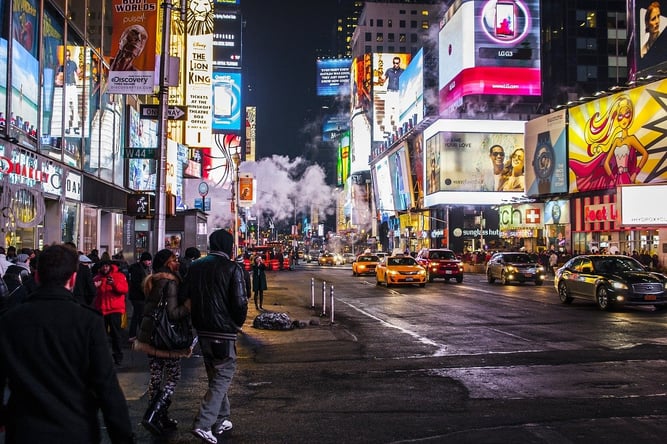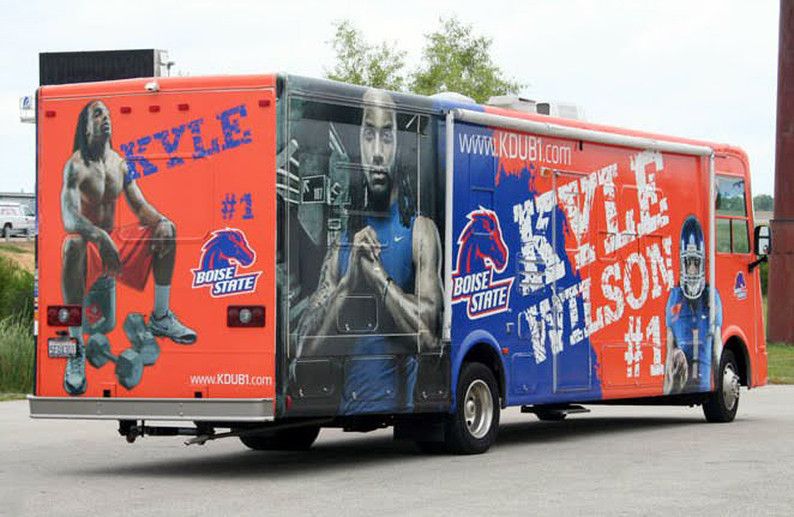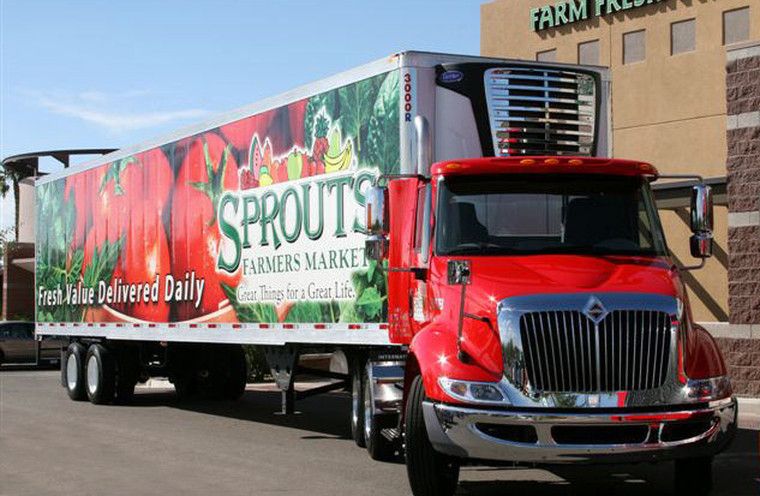7 Reasons Fleet Wraps Are a Good Investment for Advertising
If you’re deciding which marketing tools to invest in for your business, consider bright, attention-grabbing fleet graphics. By advertising a...
3 min read
Craftsmen Industries Aug 26, 2021 1:03:00 AM


Do you still remember some of the jingles or slogans from the commercials you saw on television - things like, “Mikey likes it” and “I’m lovin’ it?” If you remember the ad and the company behind it, it was a success. However, recent changes in the way that consumers interact with TV, and radio have a direct impact on their ability to reach their target audience.
We are bombarded daily by ads watching TV, listening to the radio, reading the news, and browsing our social media. Most viewers avoid it as much as possible. Consider the last time you watched your favorite show. Did you watch the commercials, or did you take the opportunity to get a snack or use the restroom? If you didn’t get up, did you instinctively reach for the remote when the ads came on so that you could skip them?
We record our favorite shows on our DVR and fast forward the commercials when we watch them back. Better yet, we pay for a subscription to a streaming service so that there are no commercials at all. Similarly, we bounce from station to station in the car, trying to find one playing music. We download ad blockers on our computers and scroll right past ads in our Facebook feed.
Digital advertising only works if people pay attention to it, and right now, nobody seems to be listening. Allocating funds to online campaigns often yields limited results because your ad shows up at the wrong time and in the wrong place to the wrong audience.
The solution to reaching the right audience at the right time is actually as simple as returning to the medium used 50 years ago when most of the ads people saw appeared in print, namely magazines and newspapers. With advances in printing technology, however, we can now use print media to create much better ads that catch the attention of potential customers and provide a better return on your investment. Print is no longer limited to magazines and newspaper either. It can also appear almost anywhere including building wraps and architectural signage.
As a whole, people tend to trust what they can see with their own eyes. For this reason, people are more trusting of printed advertising. We have all read enough junk on the internet to know that you can’t believe everything you see online. Nobody is fact-checking each page to make sure the information is correct. The audience has to discern for themselves what to believe and what to discard as misinformation. Is that picture real, or was it Photoshopped?
If a company that you know and trust puts it in writing, though, it seems much more plausible. Logically, it seems that if it weren’t true, it wouldn’t get published and posted for all the world to see. Thus, all things being equal, audiences trust printed advertising more often than digital advertising.
One of the most important metrics companies track when determining their advertising success is their cost per 1,000 views or cost per mille (CPM). This number tells advertisers how much they pay every time someone sees their ad: the lower the number, the more cost-effective the advertising.
Consider TV advertising for a moment. Before you can air your ad, you have to create it, which can be quite expensive. Then, you have to buy airtime for your ad to show. The cost varies according to the time of day and what else is on at the time. You could end up with a CPM of 23-27 dollars during primetime television. Keep in mind that even when your ad does air, the only one paying attention may be a couple thousand DVRs. Your visibility to the customer could be limited.
Constant and consistent visibility is where print advertising really shines, especially large format ads like billboards, banners, window graphics, and vehicle wraps. The cost to design and print these types of graphics pales in comparison to creating a television ad, and they are viewable by people 24 hours a day, 7 days a week, and can last for weeks or months without fading. According to the Outdoor Advertising Association of America, the CPM for a billboard is 3-18 dollars, and posters are 1-13 dollars. They are inexpensive and reach a wider audience.
If you are looking for the best bang for your buck, though, vehicle wraps are an excellent advertising tool. With a CPM of about four cents and an average of 101 views for every mile the vehicle travels, vehicle wraps can reach thousands of individuals in a day at a meager cost to you.
Why is it that every time your 3-year-old sees the golden arches, they start begging you to stop the car? Children associate the large, yellow “M” with a hamburger, fries, and a toy even at a young age. They recognize the brand, and they can see it from a mile away.
Large format advertising can help establish and strengthen your company’s brand recognition. Banners, posters, and billboards in company colors with accompanying logos prominently advertise your brand to passersby, who will come to associate it with your products and services. The larger the sign, the more visible and eye-catching it is, attracting attention and business from afar.
Print advertising may be the wave of the future, but large print advertising will win the day by drawing attention in a crowd. Colorful, high-quality graphics that are larger than life catch the eye. Customers are drawn first out of curiosity and then out of recognition of the brand they have come to know and love.

If you’re deciding which marketing tools to invest in for your business, consider bright, attention-grabbing fleet graphics. By advertising a...

Let your company trucks work overtime, advertising while making deliveries. Whether you have one delivery van or a fleet of trucks, wrapping your...

Do your advertising strategies rely on time-sensitive sales, bland guarantees, or overpriced celebrity features? One way to branch out from these...